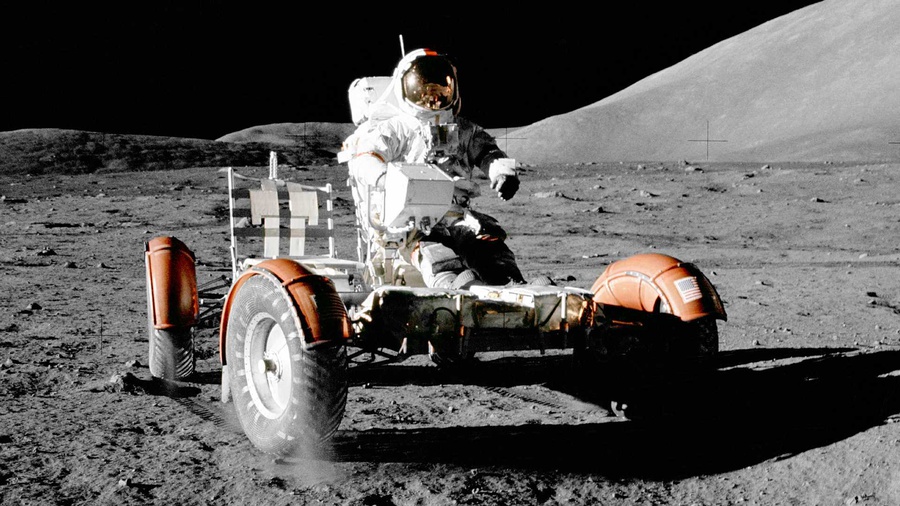The Lunar Terrain Vehicle (LTV) is a design initiative funded by NASA to provide the Artemis Program with a vehicle that can traverse the lunar surface, much like the Apollo Lunar Roving Vehicle. Even though the Apollo LRV was made by companies like General Motors and Boeing, the LTV contract will be open to a lot of different contractors.
The guidelines for a vehicle that can carry humans across the brutal conditions at the Lunar South Pole state that the pros and cons of such a vehicle must be analyzed carefully. The new LTV must be able to withstand and operate in cold and unique lighting conditions.
The Artemis LTV is also expected to be able to cover a range of hundreds of miles per year, enabling access to diverse locations that will facilitate science discoveries, resource prospecting, and exploration. It will also be capable of remote operation and will be available for other commercial uses when not carrying out NASA research and operations.
If the vehicle passes all of the requirements, the grand prize is a seat on board a NASA launch vehicle that will take it to Lunar Orbit and then to the surface of the moon for the first time in five decades.
"This draft is one of the first important steps in this exciting project that will allow astronauts to explore farther on the Moon than ever before," says Lara Kearney, manager of the Extravehicular Activity (EVA) and Human Surface Mobility (HSM) Program at NASA's Johnson Space Center in Houston. "Gaining industry feedback is crucial as we move forward in issuing a final request for proposal."
The Artemis III mission to send humans back to the Moon can't move forward until the first two missions return successfully. Right now, the Artemis I SLS rocket is in the Vehicle Assembly Building at NASA's Kennedy Space Center in Florida. We're chomping at the bit with anticipation.
Source: NASA


